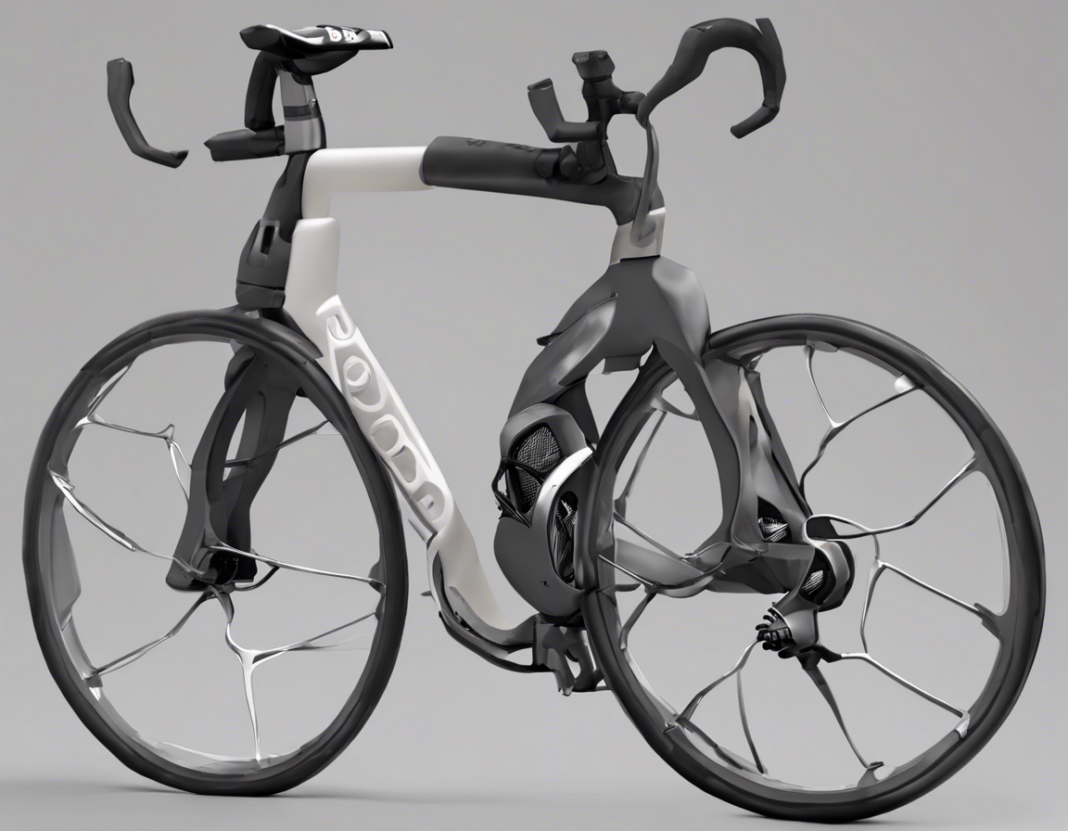In the fast-paced world of technology and business, acronyms are a common sight. One such acronym that has gained popularity in recent years is POD. Many people often wonder, “What does POD stand for?” The term POD has multiple meanings depending on the context in which it is used. In this article, we will delve into the various interpretations of POD, ranging from printing and logistics to ecommerce and personal organization. Let’s unravel the mystery behind the full form of POD.
What Does POD Stand For?
1. Print On Demand (POD)
Print On Demand (POD) is arguably the most common interpretation of this acronym in the digital printing and publishing industry. Print On Demand refers to a printing process in which materials are printed only when an order is placed. This model eliminates the need for large print runs and excess inventory, allowing for more cost-effective, efficient, and customizable printing solutions. POD services are commonly used for books, magazines, t-shirts, posters, and other printed materials in both personal and business contexts.
2. Proof of Delivery (POD)
Proof of Delivery (POD) is another commonly used meaning, especially in the realm of logistics and supply chain management. Proof of Delivery is a crucial document that serves as evidence of successful shipment and receipt of goods or services. It typically includes details such as the date and time of delivery, the recipient’s name, and any signatures or notations confirming the handover. POD is vital for tracking and verifying deliveries, resolving disputes, and maintaining accountability within the logistics process.
3. Portable Object Description (POD)
In the domain of digital preservation and archiving, Portable Object Description (POD) is utilized as a term to describe a standardized format for representing and exchanging metadata related to digital objects. POD enables clear and structured descriptions of digital content, facilitating interoperability and preservation efforts across different archival systems and platforms. The use of POD helps ensure the long-term accessibility and integrity of digital assets for research and reference purposes.
4. Payable on Death (POD)
Payable on Death (POD) is a designation commonly used in financial and estate planning contexts. It refers to a beneficiary designation that allows certain assets, such as bank accounts, retirement accounts, or investment accounts, to be transferred directly to a designated beneficiary upon the owner’s death. This POD designation helps streamline the transfer of assets outside of the probate process, providing efficient and timely access to funds for the designated beneficiary.
The Evolution of POD in Ecommerce
Print On Demand (POD) has revolutionized the e-commerce landscape, enabling entrepreneurs and creatives to explore new avenues of product customization and business solutions. By leveraging POD services, individuals can launch and scale their online stores without the overhead costs and risks associated with traditional inventory management. POD platforms offer a wide range of products, from apparel and accessories to home goods and stationery, allowing for unique and on-demand creations to cater to diverse customer preferences.
Benefits of POD Services
- Cost-Effective: By producing items only as orders are received, POD helps reduce waste and excess inventory, leading to cost savings for businesses.
- Flexibility: POD enables rapid prototyping and testing of new product ideas, allowing entrepreneurs to experiment with minimal risk.
- Customization: Customers can personalize products to suit their individual preferences, fostering engagement and loyalty.
- Global Reach: POD platforms facilitate international shipping and fulfillment, expanding market reach and access to global audiences.
Frequently Asked Questions (FAQs)
1. Is POD printing cost-effective for small businesses?
Answer: Yes, POD printing can be cost-effective for small businesses as it eliminates the need for large print runs and storage of excess inventory, reducing operational expenses.
2. How does Proof of Delivery (POD) benefit the logistics industry?
Answer: Proof of Delivery (POD) is essential in the logistics industry as it provides evidence of successful delivery, helps address disputes, and ensures accountability in the supply chain process.
3. Can I use POD services for personalized merchandise?
Answer: Yes, POD services are ideal for creating personalized merchandise such as custom t-shirts, mugs, and phone cases to cater to individual preferences.
4. What types of assets can have a Payable on Death (POD) designation?
Answer: Assets such as bank accounts, savings accounts, retirement accounts, and investment accounts can have a Payable on Death (POD) designation for direct transfer to a designated beneficiary.
5. How can I start an ecommerce business using Print On Demand (POD) services?
Answer: To start an e-commerce business with Print On Demand (POD) services, you can partner with a reputable POD platform, design custom products, and market your store to attract customers.
Conclusion
In conclusion, the term POD holds various meanings and significances across different industries and contexts, from printing and logistics to ecommerce and personal finance. Whether you’re exploring on-demand printing solutions, tracking deliveries, archiving digital content, or planning estate transfers, understanding the full form of POD is essential for navigating the diverse applications of this versatile acronym. Embracing the innovative possibilities of POD can empower individuals and businesses to embrace efficiency, creativity, and sustainability in their respective endeavors.










